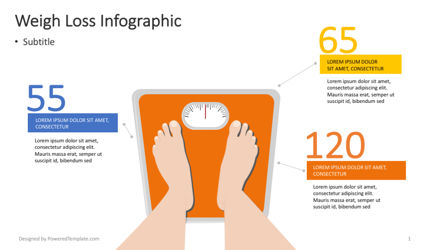Guide To Finding The Best Cold Laser Therapy For Quitting Smoking Near Me
Guide To Finding The Best Cold Laser Therapy For Quitting Smoking Near Me
Blog Article
Scientific Study on the Effectiveness of Cold Laser Method
Cold laser therapy is a beneficial device to help suffering administration and the healing process. It is typically utilized in sports medication, dermatology and acupuncture.
Cold lasers permeate deep right into cells and advertise chemical changes without heating them. They minimize inflammation and swelling, speed mobile task and accelerate healing.
Theoretical History
Unlike the high-intensity lasers that surgeons usage to cut through tissue, chilly laser treatment makes use of light-emitting diodes to penetrate into your skin and promote recovery. As these photons get to broken tissues, they start a chain reaction that raises your cells' manufacturing of enzymes and accelerates your body's natural healing procedures.
The photons additionally reduce pain with the manufacturing of endorphins and boost your body's capacity to drain pipes puffy areas by causing vasodilation (the development of capillary). Consequently, it helps you recuperate from bone and joint injuries and pain more quickly.
Lots of people have become aware of cool laser therapy from their physiotherapist, chiropractor or doctor and may be wondering how it works. Unlike most laser devices used in the clinical area, which in fact warm up tissue, our cutting edge devices discharges cool laser beam that do not trigger any type of heating of your tissues. This allows your body to receive the therapeutic benefits without triggering any side effects.
Professional Tests
Cold laser treatment is usually recommended as a treatment option for patients who have musculoskeletal pain and injuries. It can be used to reduce swelling, strengthen cells and increase the body's all-natural healing procedures.
Non-thermal photons of red and infrared laser radiation are soaked up by the light delicate components in cells and launch a boost in intracellular metabolic rate that raises cell recreation, lowers inflammation, removes edema and reduces recovery time.
Unlike the light that is created by sunshine or common lights, laser light is parallel (all wavelengths travel parallel), systematic and single. These buildings allow laser power to pass through deeper right into the tissues.
Several clinical tests have revealed that LLLT can be efficient in minimizing pain in the bone and joint system. Nonetheless, more properly designed studies are required to assess the optimum settings for laser irradiation and to identify its efficiency in specific problems, such as dental mucositis in cancer individuals receiving radiation treatment or radiotherapy, and injury healing (including diabetic ulcers complying with hammertoe surgical procedure). This Aetna policy bulletin does not deal with various other uses LLLT, including the treatment of different skin diseases.
Verdicts
Unlike medical lasers that can damage lumps or coagulate tissue, cold laser therapy does not heat up the body's cells. Rather, the light stimulates your cells to create adenosine triphosphate, which quickens the repair work procedure of hurt tissues.
Aetna considers low-level laser (LLL) therapy clinically needed for the avoidance of dental mucositis associated with cancer treatment (chemotherapy, radiation therapy, hematopoietic stem cell transplant) and non-cancer therapies (such as radiodermal injury, fibromyalgia). A number of research studies revealed that LLT can be reliable in reducing laser stretch mark removal PU symptoms without negative effects. Nonetheless, distinctions in research study layouts and laser dosimetry made comparison of the outcomes hard; RCTs with reduced threat of prejudice are required. Using a 660 nm wavelength and higher power thickness seems much more efficient than the other studied laser wavelengths. This could be because the various other wavelengths may promote inflammatory processes and create even more adverse effects. The impact of the type of laser utilized is likewise essential; the authors suggest that future research concentrate on reviewing various kinds of lasers and their doses to determine the optimum mix of laser specifications for PU avoidance.
Suggestions
Cold laser therapy is made use of by dental experts to deal with inflamed gum cells, physicians to ease discomfort triggered by rheumatoid joint inflammation, and physical therapists to speed up the recovery of muscle mass, ligament, and tendon injuries. Several medical insurance policy plans cover this therapy.
Unlike warm lasers, which have a thermal effect on tissues, chilly lasers (additionally called low-level lasers) stimulate the cellular energy of the skin. Photons from the laser light penetrate into the cell, activating a series of chemical modifications that advertises regrowth and minimizes swelling.
In order to work, lasers must be correctly configuration and utilized. This is why it is not suggested to acquire an affordable over the counter laser gadget and attempt to treat on your own in the house. A trained practitioner is needed to make sure that the gadget is utilized properly to reduce the risk of eye injury and maximize its performance. The laser tool have to be gotten used to the proper setup, strength, regularity, and setting of the laser on the treatment area.